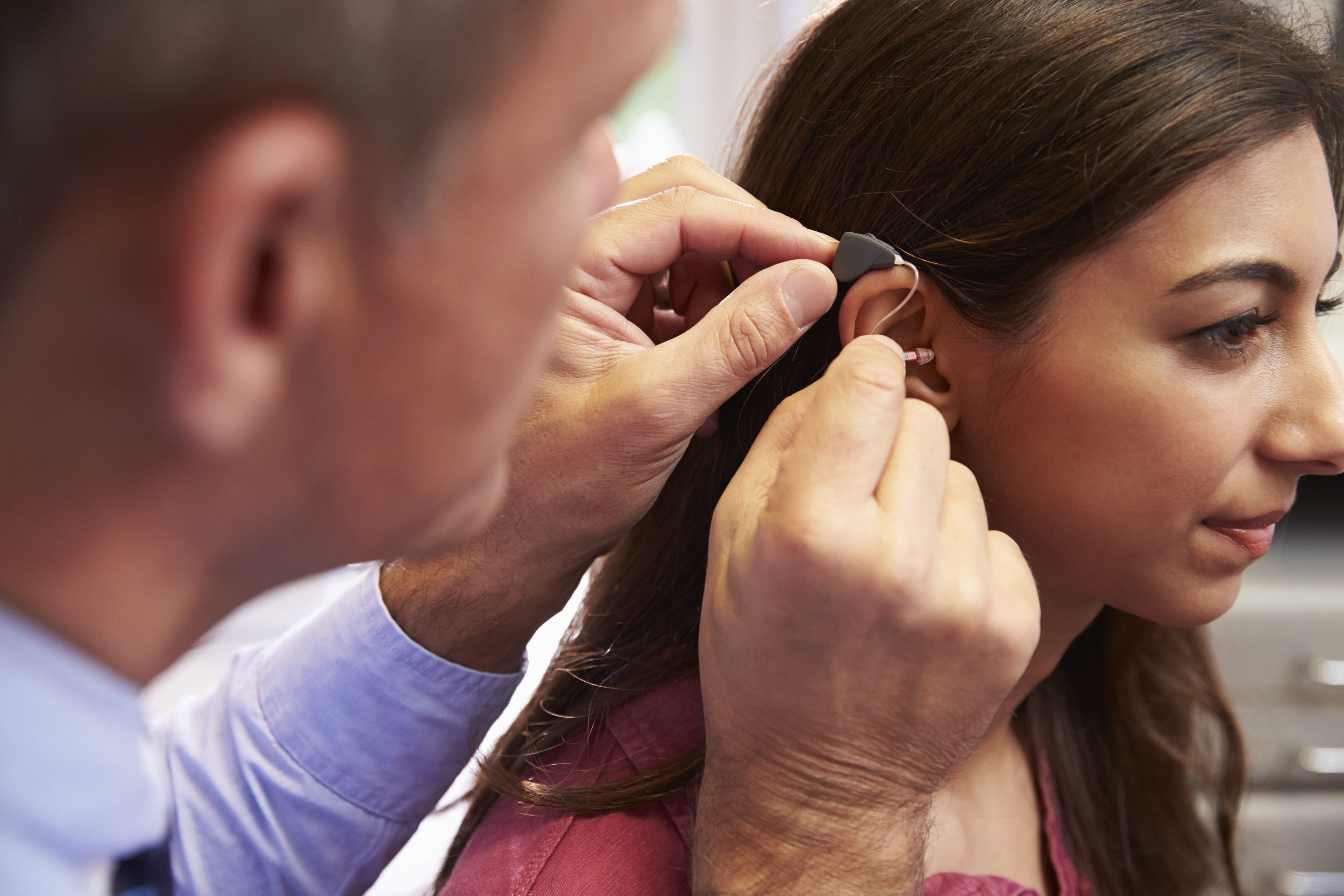
Congratulations—you’re set to join the millions of Americans who have found out how wearing hearing aids can make life more exciting and rewarding. In the near future, you’ll be hearing sounds you’ve long forgotten about, engaging in stimulating discussions, and listening to music with improved discernment for each instrument.
But before you can get to all that, you’ll have to move through a short period of adjustment to get comfortable with your new hearing aids. Here are five recommendations to help you make it through this period and to help you get the maximum benefit out of your new technology.
1. Visit a Hearing Care Professional
If you desire to have the best hearing possible, there’s no way around the first step, which is consulting a hearing care professional. They can help you find the most appropriate hearing aid that matches your hearing loss, lifestyle, and financial position. And, most importantly, they can custom-fit and program your new hearing aid so that it’s fine tuned for your distinctive hearing loss.
Your hearing loss, like a fingerprint, is unique. That means every hearing aid should be programmed differently—and this calls for the practical knowledge of a hearing care professional.
2. Be Patient with Your Hearing Aids
Your new hearing aids will take time to get used to. You’ll detect sounds you haven’t heard in many years, your voice may sound different, and sound might in general just seem “off.” This is perfectly ordinary: you just need time to adapt.
Get started by making a commitment to wear your hearing aids for as much of the day as possible, for at minimum a couple of weeks. Put them in when you get up in the morning and take them out before bed. Although it may be awkward initially, you’ll get used to better hearing in no time—and it will be well worth the effort.
If you discover that you’re having a difficult time adjusting, arrange an appointment with your hearing care professional. Hearing aids can be fine-tuned, so you never have to quit on better hearing.
3. Start Small
We suggest adapting to your hearing aids to start with in the comfort of your home. Attempt watching a movie or television show and paying special attention to the dialogue; engage in one-on-one conversations in a quiet room; and listen to music while trying to identify different instruments and pitches.
Then, when you’re more comfortable, you can test your hearing aids out in more complex conditions like at parties, restaurants, and movie theaters. Modern hearing aids have advanced features and environmental settings that can easily handle these heightened listening demands—which segues perfectly to the fourth tip.
4. Learn the Advanced Features
After you’ve adjusted to your hearing aids, you should continue to learn a few of the more sophisticated features. With the assistance of your hearing specialist, you can discover how to maximize the functionality and convenience of your modern hearing aids.
Depending on your chosen model, you’ll be able to do things like wirelessly stream music and phone calls straight to your hearing aids, manipulate the volume from your smart-phone or digital watch, and easily change settings to maximize your hearing in a variety of environments. Be sure to talk to your hearing specialist about all the features that may be helpful to you.
5. Take Care Of Your Hearing Aids
Last, you’ll want to make sure that you safeguard your hearing aids. This means daily cleaning, proper storage, and managing your battery supply. Your hearing specialist will show you how to integrate hearing aid maintenance and care into your daily routine so that it becomes automatic and effortless.
You’ll also want to get your hearing aids professionally cleaned and assessed one or two times per year to ensure proper performance for many years.
We’d love to hear from you: if you currently wear hearing aids, tell us about your experiences! Let us know how you adapted to your hearing aids and any tips you’d give to those just starting out.
